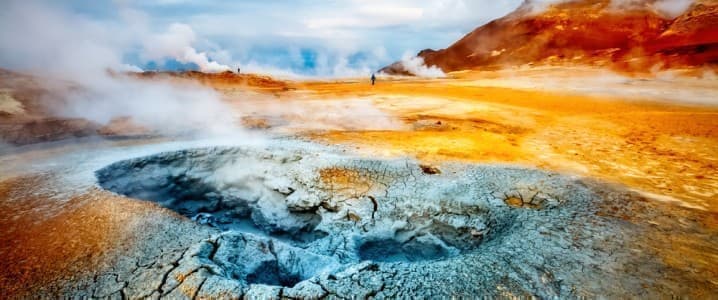
The demand for critical minerals is skyrocketing, driven by the global push for renewable energy and electric vehicles. According to the International Energy Agency (IEA), lithium demand surged by 30 percent in 2024, while nickel, cobalt, graphite, and rare earths saw increases between 6 and 8 percent. This growth is largely attributed to energy applications, with the energy sector accounting for 85 percent of total demand growth for battery metals over the past two years.
Governments worldwide are increasingly supporting the expansion of critical mineral mining to meet this demand. The U.S. Department of Energy identifies 50 critical minerals, while the European Union lists 34. Key minerals such as lithium, nickel, cobalt, manganese, and graphite are crucial for battery production. Aluminium and copper play significant roles in electricity networks, while rare earths are essential for wind turbines and electric vehicle motors.
The need for increased mining activity poses challenges, particularly regarding environmental degradation. Many of these minerals are rare and concentrated in specific regions, with China producing 95 percent of the world’s gallium. Australia contributes around 50 percent of global lithium output, followed by China at 18 percent. Indonesia accounts for approximately 40 percent of the world’s nickel production, while cobalt is primarily sourced from the Democratic Republic of Congo (DRC).
Environmental Concerns and Community Resistance
Despite the push for mining expansion, environmentalists and local communities are raising concerns about the potential impacts of these activities. Elisa Morgera, the UN’s special rapporteur on climate change and human rights, emphasizes the need for careful consideration of the environmental and human rights implications of critical mineral mining. During a recent online forum, she stated, “The need for critical minerals in terms of climate action is an assumption that we need to challenge.” Morgera urged for independent assessments to ensure that climate action does not come at the expense of Indigenous peoples’ rights.
As the demand for critical minerals grows, so does the number of legal challenges against mining operations. The Business and Human Rights Resource Centre (BHRRC) has tracked 95 legal challenges since 2008, with three-quarters occurring in the last seven years. The organization reports that 71 percent of these lawsuits are related to the mining of essential minerals, including bauxite, cobalt, lithium, and nickel. Notably, nearly half of the claims have been filed by Indigenous peoples, highlighting significant concerns over their rights and environmental justice.
Global Policy and Future Outlook
The IEA has identified nearly 200 national policies focused on critical minerals, indicating that many nations are formulating specific legislation for mining activities. While the consensus is that increased mining is necessary for a green transition, it is crucial to establish stronger international norms and regulations to prevent environmental damage and protect human rights.
As the world moves away from fossil fuels, the transition to renewable energy must consider the environmental ramifications of mining practices. Balancing the need for critical minerals with the responsibility to protect the planet and its people is essential to achieving sustainable development goals. The dialogue surrounding critical mineral mining is far from over, and it is imperative for stakeholders to engage with communities and experts to forge a path that respects both environmental integrity and human rights.






